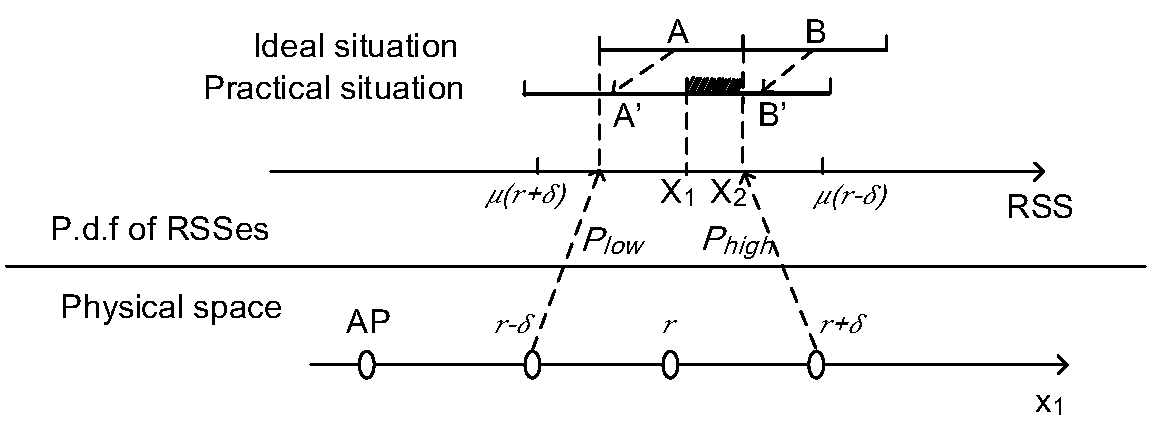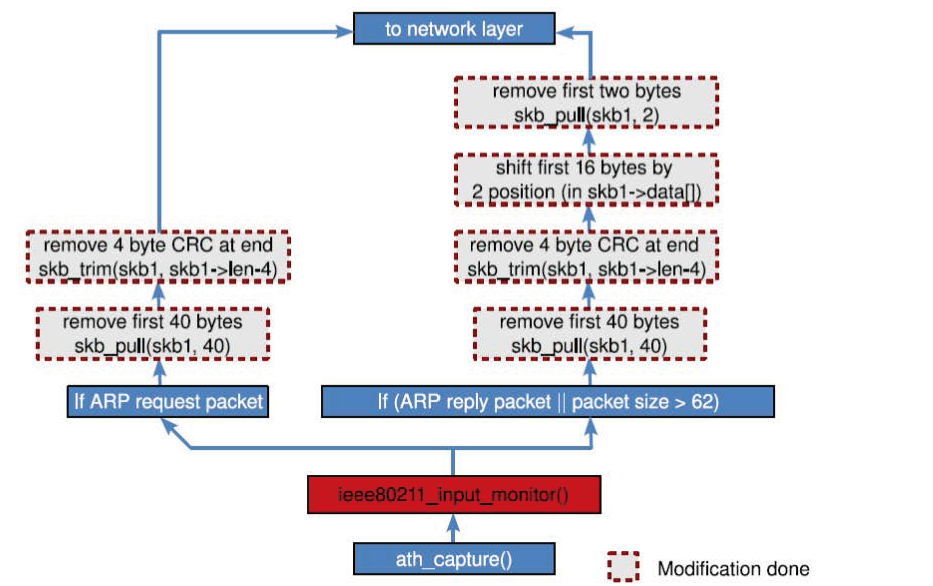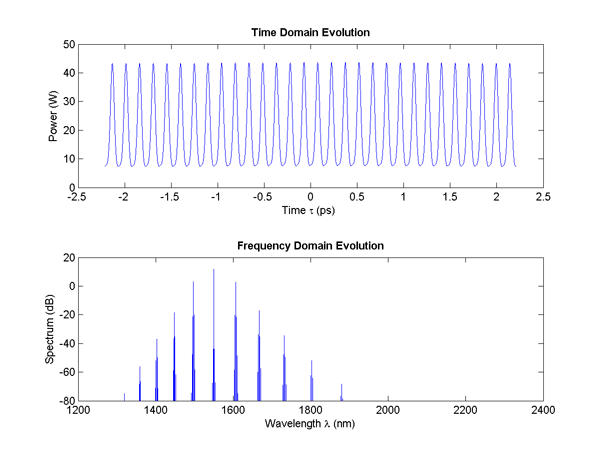Publication
- X. Tian, Ruofei Shen, D. Liu, Y. Wen, and X. Wang, "Performance Analysis of RSS Fingerprinting based Indoor Localization", submitted to IEEE Transactions on Mobile Computing (TMC), 2015.
- G. He, Ruofei Shen, S. Pan, R. Li, Z. Zhang and Q. Lin, "Highly Efficient Integrated Generator of Tripartite Entanglement from χ(2) Whispering Gallery Microresonator", submitted to Applied Physics Letters, 2015.
- Ruofei Shen, S. Pan, and G. He, "Highly Efficient Integrated Generator of Tripartite Entanglement from Whispering Gallery Microresonator”, accepted by Nonlinear Optics, 2015.
- G. He, Ruofei Shen, and J. Ruan "Integrated source of path-polarization hyperentanglement using quasi-periodic nonlinear photonic crystal", accepted by Advanced Photonics Conference, 2015.
Wireless Network & Signal Processing
Supervised by Professor Xinbing Wang
Mar. 2015 – Present
• Received Signal Strength (RSS) based Indoor Localization
 I constructed a multi-dimensional probability space based on the measure theory to model all possible submitted RSS fingerprints by converting localization reliability into the problem of integration over a volume in the multi-dimensional probability space.
I constructed a multi-dimensional probability space based on the measure theory to model all possible submitted RSS fingerprints by converting localization reliability into the problem of integration over a volume in the multi-dimensional probability space.
• Multihop TDMA Implementation
 To implement TDMA protocol in FreeBSD system, I propose six steps to finish the change:
To implement TDMA protocol in FreeBSD system, I propose six steps to finish the change:
Quantum Entanglement & Optical Frequency Comb
Supervised by Professor Guangqiang He
Feb. 2015 – Aug. 2015
• Pump-Signal-Idler Tripartite Entanglement
 I focused on pump-signal-idler tripartite entanglement and designed an experimental generator scheme based on a high-Q Whispering Gallery Microresonator filled with χ(2)
lithium niobate.
I focused on pump-signal-idler tripartite entanglement and designed an experimental generator scheme based on a high-Q Whispering Gallery Microresonator filled with χ(2)
lithium niobate.
• GLLE Equation Simulation
 I propose to use split-step Fourier algorithms solving the GLLE partial differential equations and put Raman terms and high order dispersion terms into consideration. I use the MATLAB to simulate the Four-Wave mixing process occurred in the high-Q Whispering Gallery Microresonator.
I propose to use split-step Fourier algorithms solving the GLLE partial differential equations and put Raman terms and high order dispersion terms into consideration. I use the MATLAB to simulate the Four-Wave mixing process occurred in the high-Q Whispering Gallery Microresonator.